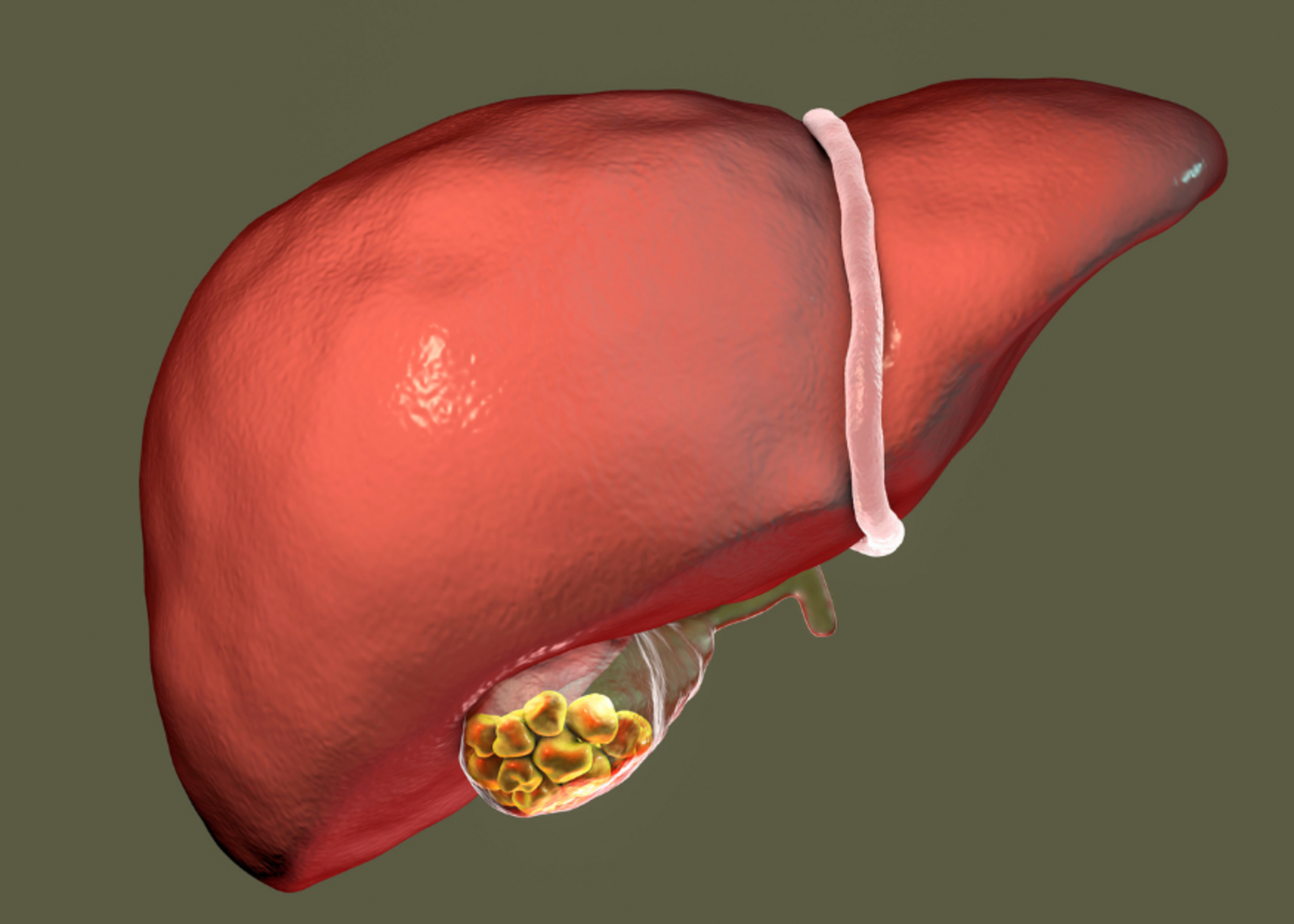Bile duct stones, also known as choledocholithiasis, are a common condition that can cause significant discomfort and lead to serious complications if untreated. These stones obstruct the bile ducts, which play a critical role in digestion by transporting bile from the liver and gallbladder to the small intestine. Dr. Rupesh Lunkad, a leading gastroenterologist in Pune, specializes in bile duct stone removal and stenting, offering advanced treatment options to restore digestive health and prevent complications.
In this blog, we will delve into the causes, symptoms, and treatment approaches for bile duct stones, with a special focus on the procedures of stone removal and stenting.

Understanding Bile Duct Stones
Bile duct stones are typically formed in the gallbladder and migrate to the bile duct. In some cases, stones can form directly in the bile duct due to infections, bile stasis, or underlying conditions like primary sclerosing cholangitis.
Symptoms of Bile Duct Stones:
- Abdominal pain, particularly in the upper right quadrant
- Jaundice (yellowing of the skin and eyes)
- Fever or chills, indicative of an infection
- Nausea and vomiting
- Dark urine and pale stools
If left untreated, bile duct stones can lead to complications such as biliary infections (cholangitis), pancreatitis, or liver damage.
Diagnosis
To identify bile duct stones, Dr. Rupesh Lunkad may recommend:
- Blood Tests: To check for signs of infection or liver dysfunction.
- Ultrasound: A non-invasive imaging technique to detect stones in the gallbladder or bile ducts.
- MRCP (Magnetic Resonance Cholangiopancreatography): A specialized MRI to provide detailed images of the bile ducts and pancreas.
- Endoscopic Retrograde Cholangiopancreatography (ERCP): A diagnostic and therapeutic procedure to locate and treat bile duct stones.
Bile Duct Stone Removal
The most effective and commonly used method for bile duct stone removal is ERCP.
How Does ERCP Work?
- Preparation: The patient is sedated for comfort during the procedure.
- Endoscopic Access: A thin, flexible tube with a camera (endoscope) is inserted through the mouth, down the esophagus, and into the bile ducts.
- Stone Removal: Using specialized tools, stones are either extracted directly or fragmented into smaller pieces that can pass naturally.
- Minimally invasive, with no need for open surgery
- Immediate symptom relief
- Short recovery time
In cases where the bile duct is narrowed or obstructed due to inflammation, scarring, or tumors, stenting is performed to ensure bile flow.
Procedure:
- A stent (a small, tubular device) is placed in the bile duct during ERCP.
- The stent holds the duct open, allowing bile to flow freely.
- Stents can be temporary or permanent, depending on the underlying condition.
Benefits of Stenting:
- Prevents recurrent blockages
- Relieves symptoms like jaundice and pain
- Minimizes the risk of infections
Post-Procedure Care
After bile duct stone removal and stenting, patients are advised to:
- Follow a low-fat diet to support bile flow.
- Stay hydrated to aid digestion.
- Regularly monitor liver function and bile duct health through follow-up consultations.
Bile duct stones can cause significant discomfort and serious complications if not addressed promptly. Advanced procedures like ERCP for stone removal and stenting offer effective solutions to restore bile flow and improve digestive health.
Dr. Rupesh Lunkad, a trusted gastroenterologist in Pune, provides comprehensive care for bile duct stones, ensuring accurate diagnosis and personalized treatment plans for his patients. If you’re experiencing symptoms of bile duct stones, consult Dr. Rupesh Lunkad to receive expert guidance and care.
Read More:
Did you find this topic helpful?